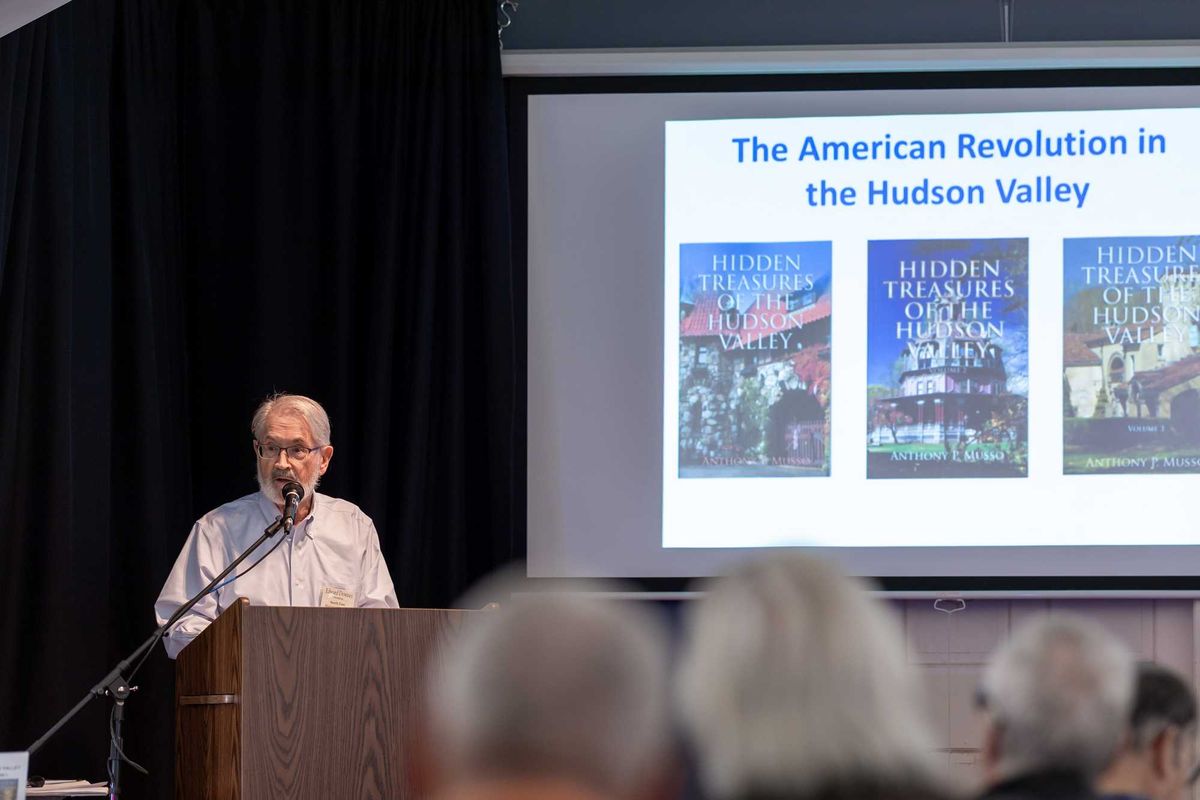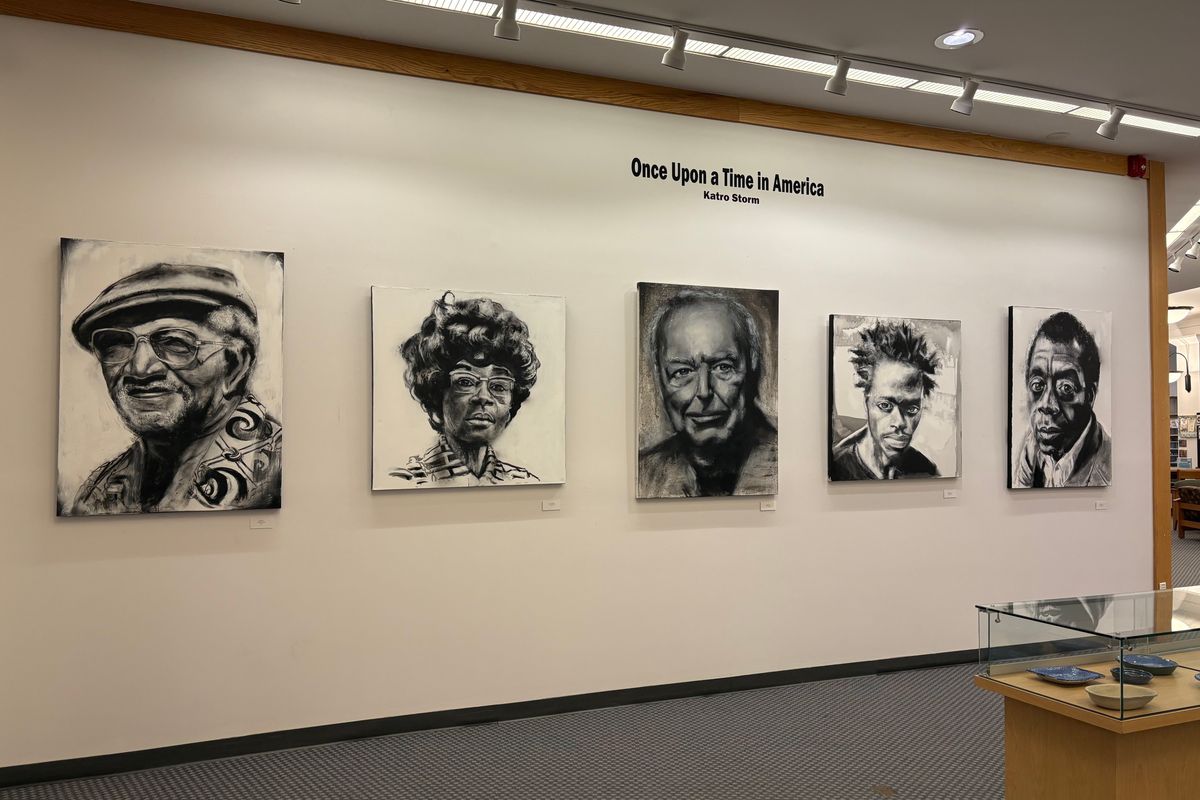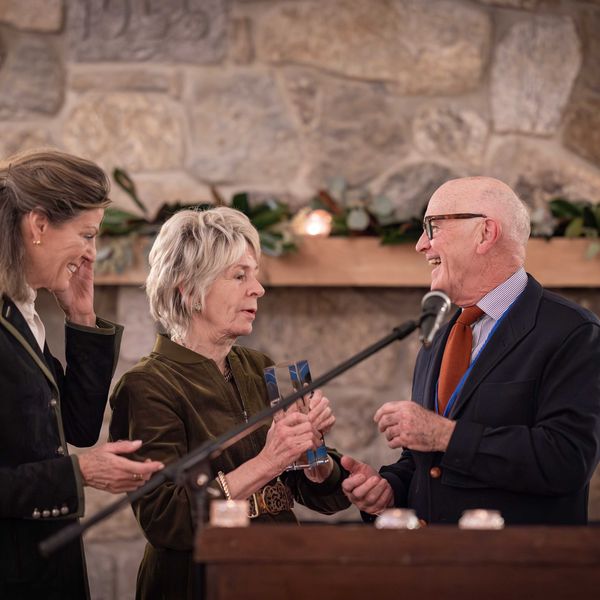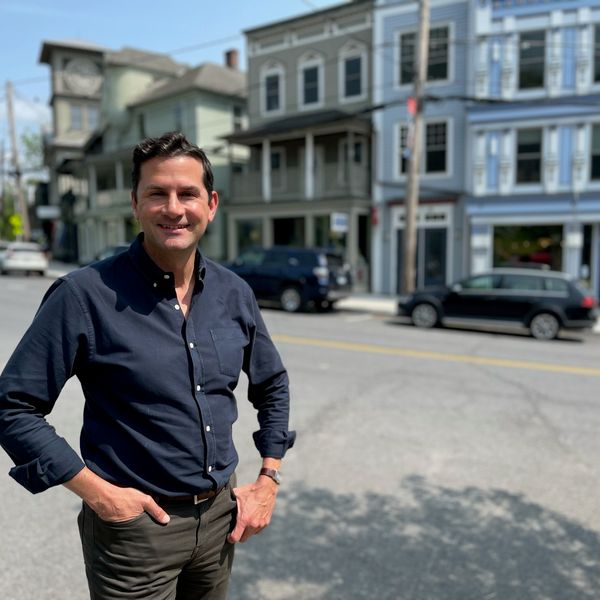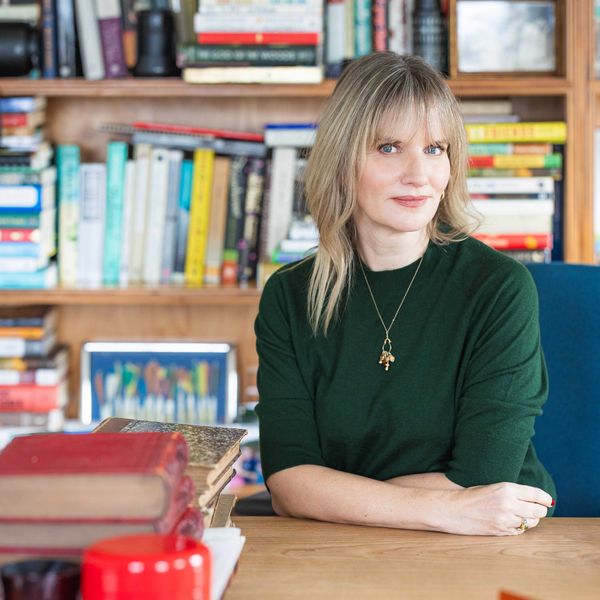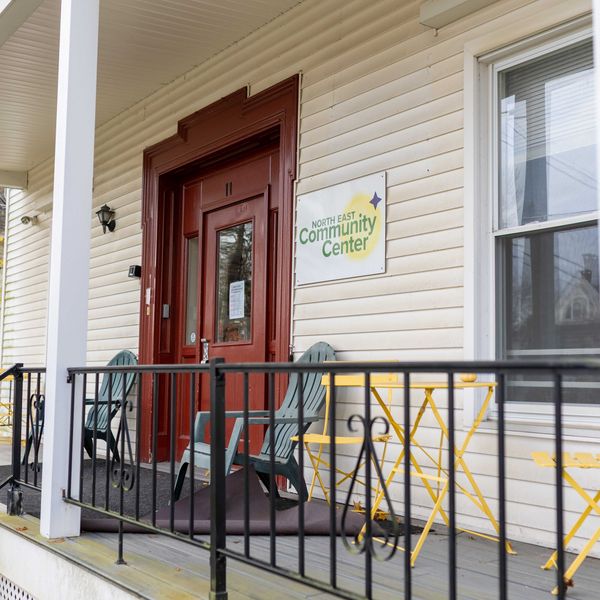Latest News
Millerton Police will be enforcing the ban on overnight street parking over the winter beginning Dec. 10. The ban is intended to keep streets clear for plowing.
Photo by Aly Morrissey
MILLERTON – The Village of Millerton issued an alert last week reminding residents of its seasonal overnight parking ban.
“In accordance with the provisions of article 151-13 of the Village of Millerton Code, all-night parking is prohibited on all streets within the Village between the hours of 11:30 p.m. and 6:00 a.m. beginning Dec. 10, 2025 and ending April 10, 2026, except for Century Boulevard. Violators will be towed at the owner’s expense.”
The notice was sent through the village’s new TextMyGov alert system. The two-way texting platform allows the village to send emergency or timely updates and gives residents a quick way to report issues, such as water leaks, potholes, stray animals or code violations. Officials encourage residents to save the village’s text number – 518-672-6100 – and use keywords to stay informed.
Millerton Police Chief Joe Olenik, who is also the Interim Superintendent of Public Works, said the longstanding ordinance is tied directly to winter operations.
“Each year from December to April, you can’t park on the street–to allow for snow removal from our plows,” he said. “If people do park on the street, they will be ticketed and eventually towed.”
To get the word out, Olenik said officers on night patrol have been leaving reminder notices on vehicles in both English and Spanish.
“We want to give people advance notice,” he said, noting that officers will continue distributing reminders in the weeks leading up to the December start date.
Beyond protecting vehicles from damage during plowing, Olenik emphasized the public-safety side of the rule. “I want the road completely opened so we have no problem getting the plows through,” he said.
Although the parking ban has been part of the village code for years, it has not been actively enforced. This winter will mark the first season of stricter enforcement.
Keep ReadingShow less
Willa the Pig lies on a bed of blankets and pillows in her home in Millerton.
Photo by Aly Morrissey
MILLERTON — Alanna Broesler didn’t always know she wanted a pet pig. But between watching the movie Babe on repeat as a child and working on a pig farm, the co-owner of Millerton’s farm-to-table restaurant Willa, joked, “there were signs.”
Willa is the restaurant’s namesake — a 130-pound house pig who loves smoothies, snuggling and sassing her family. She is a potbellied and Juliana cross with big spots and a big personality to match.
“Willa has always been a very dominant, kind of cheeky pig,” Broesler said with a laugh. “She’s very vocal.” Willa walks around her Millerton house with confidence and lots of opinions, especially when smoothies are involved. The first rumble of ice, or even the mention of the word “smoothie,” will cause Willa to jolt up from her cozy bed of pillows to investigate the scene. Her favorite blend is oat milk, yogurt and banana.
Broesler brought the pig home in 2017 and named her after legendary country singer Willie Nelson. Broesler said she was young at the time, unsure where she would be living, and uneducated about keeping pigs in a house. But after meeting Willa she knew that she wanted to give her a home.
“Looking back, it was irresponsible,” said Broesler — not necessarily because of the circumstances, but because she acquired Willa through a breeder. As she immersed herself in the pig community, Broesler learned about the demand for pig adoption. “Potbellied pigs are constantly getting rehomed and they need stable placements,” she said.
Enter Milo – Willa’s new baby brother. Milo is all black with a bottle-brush tail. His nose is flatter than Willa’s, and he has tusks. Broeslder adopted Milo and rescued him from a “horrible situation,” she said. He was kept in a crate and lacked proper care and affection.
Today, Milo’s favorite activity is grazing in the fenced-in section of Broesler’s yard. Quieter than his older sister — who runs the show, which also includes three cats and two chinchillas —Milo is getting used to home life with free space and loving caretakers.
A local pig sanctuary in the works
Broesler didn’t come from a farming background. Her family owns a traditional Irish pub in New York State where she developed a strong work ethic and firsthand knowledge of the service industry. “I’ve been scrubbing potatoes and sweeping sidewalks for as long as I can remember,” Broesler said with a laugh.
But when it came time to apply for college, Broesler knew exactly what her future looked like.
“I always knew I wanted to work outside and with animals,” Broesler said. She sought out as much experience as she could. She milked goats, worked on cattle farms, and grew vegetables and flowers. What stands out vividly is working with pigs. Ultimately, all of her experience led to a farm-to-table restaurant.
But as the restaurant becomes more established a new dream is beginning to take shape. Broesler has just completed paperwork to establish her own pig sanctuary — Willa’s Way — a 501(c)(3) nonprofit.
Though in the preliminary stages, Broesler excitedly describes an elaborate vision. As a destination spot, the sanctuary would add value to the community in myriad ways, incorporating farm-fresh eggs, native flowers, in-season vegetables and educational opportunities related to sustainability.
At its core, the pig sanctuary would be in service of the animals. It would support rehabilitation, rehoming or placement, public education, and simply letting older pigs live out their remaining days with love and care.
“The most common question I get is, ‘Where would we be rescuing the pigs from,’” said Broesler. “People don’t often realize how huge the need is because of bad breeders, hoarding cases, or bad characters who lie about micropigs or teacup pigs, claiming they’ll remain 25 pounds.”
She adds that adopting Milo lit the fire for the sanctuary idea. “To watch him come to me as a sick, malnourished, really sad pig and come out of his shell with a funny personality – and he’s getting healthy and feeling good – it’s just been the best thing.”
The next steps for the sanctuary are to identify investors, apply for grants, and acquire 30 to 50 acres of land. No small feat, but Broesler is up for the challenge.
Two years in: Willa marks a milestone
Halloween marked the two-year anniversary since Willa opened its doors on Main Street. With a menu that is, of course, pork free, Executive Chef Daniel Meissner has created imaginative farm-to-table offerings that change with the seasons.
“He has such a passion for cooking locally and supporting farmers,” said Broesler. “And he shows people that you can eat seasonally and it can taste amazing.”
The restaurant now works with approximately 20 local farms and vendors, including Thistle Pass, Kinderhook Farm, Harlem Valley Homestead and Off the Shelf Farm, to name a few. Menu items often include nods to farmers by name – a subtle way to spark conversations and celebrate the region’s producers, Broesler said.
When customers come into the restaurant, they often mistake Broesler for “Willa.” She corrects them with a laugh. “No, Willa is a very spoiled potbellied housepig.”
Keep ReadingShow less
‘Hidden Treasures of the Hudson Valley:’ North East Historical Society Hosts Annual Meeting
Nov 25, 2025
Anthony Musso discusses his book “Hidden Treasures of the Hudson Valley” at the North East Historical Society’s annual meeting on Saturday, Nov. 15. The book centers on historical sites across the region with rich backgrounds and low ticket-prices for maximum accessbility.
Photo by Aly Morrissey
MILLERTON — With his signature Brooklyn accent, sense of humor and wealth of knowledge, author and historian Anthony “Tony” Musso brought American Revolution history to life at the NorthEast-Millerton Library Annex in partnership with the North East Historical Society.
The talk marked Musso’s first speaking engagement at the Annex and coincided with the historical society’s annual meeting.
Musso guided attendees through an oral tour shaped by excerpts from his three-volume series, “Hidden Treasures of the Hudson Valley,” which together highlight 165 local historical sites that are rich in history and light on the wallet. Each book features 55 locations that are open to the public.
“I included places that fly under the tourists’ radar,” said Musso, addressing the crowd of more than 30 attendees. “Many of them are run by historical societies, so the added benefit is a free or nominal charge.”
His presentation began with Pawling’s Quaker Hill, where in 1740 a group of Quakers petitioned the Religious Society of Friends to build their own meeting house so they wouldn’t have to travel elsewhere to go to Sunday worship.
“It was kind of small,” Musso remarked of the original structure. “They ran into a problem within the first five years because they had so many people standing around, they couldn’t all get inside.” As a result, in 1767 the Quakers got permission to build a bigger meeting house just across the street.
“This one was a two-story structure with a wrap-around balcony where they could fit everybody inside.” Musso described an event in 1778 during a regular Sunday worship when three officers from the Continental Army came into the meeting house, sat respectfully in the back, and when the service came to a close they announced that they were going to commandeer the building.
“Nearby, George Washington led a large encampment of troops and they wanted to have this building be used as a medical hospital,” Musso said.
During the army’s occupation, the makeshift hospital was overseen by Dr. James Fallon, and many people referred to it as “Fallon’s Hospital.” Approximately 100 troops were treated there throughout its four months of winter operation.
“If you know anything about Quaker beliefs, pacifism is right at the top,” said Musso. “And although the military was not putting armament, cannons or munition in the building — it was for a humanitarian purpose — the Quakers abandoned the building as long as the army was there and found another building down the hillside.”
The Quakers also refused to provide the army with provisions, Musso said, which exacerbated harsh conditions that winter.
When the army left, the Quakers returned to the building and continued with their meetings and worship. Musso added that in 1932, the meeting house was acquired by the historical society of Quaker Hill and Pawling, and “that’s why the building is in such meticulous shape today.”
Musso went on to explain that while George Washington never stayed at encampment with his troops, he did commandeer a house for four months down the hill in the village of Pawling — the home of John Kane, who was originally a Patriot at the start of the American Revolution but switched sides and became a Loyalist.
From there, Musso expanded the tour to Westchester and Rockland counties, including the location where Benedict Arnold turned over the plans, layout and staffing for Fort Arnold to British spy John André — and the site where Andre was subsequently hanged.
As a seasoned historian, speaker and guide, Musso shared one of his tricks if he ever feels like his audience is losing interest. He brings up Hamilton the musical. “I don’t lie to people,” he jokes, “but I say, ‘I can’t prove this, but I’ve heard that some of the music from Hamilton was written here.’”
Though Musso didn’t delve into the rich history of North East’s Coleman Station during the presentation, Musso said it is one of the sites included in his books.
Musso has lived in LaGrange for 40 years, and his career has spanned decades at the post office, writing for the Poughkeepsie Journal, and authoring numerous nonfiction books. “I love the history of this area, and I’m not going to stop telling it anytime soon.”
North East Historical Society annual meeting
Other business from the North East Historical Society included acknowledgements of board members and volunteers. President Ed Downey expressed gratitude for the society’s partnership with the NorthEast-Millerton Library, noted that four members are up for re-election and shared that membership has increased by 54% over the last decade, now totaling 179 — among the highest of any historical society in Dutchess County.
Downey also highlighted ongoing digitization efforts, saying the goal is to “digitize and publish” the historic Millerton Telegram and 90 years of The Millerton News. Downey added that this is a costly project and relies heavily on donations to sustain the work.
Keep ReadingShow less
“Once Upon a Time in America” features ten portraits by artist Katro Storm.
Natalia Zukerman
The Kearcher-Monsell Gallery at Housatonic Valley Regional High School in Falls Village is once again host to a wonderful student-curated exhibition. “Once Upon a Time in America,” ten portraits by New Haven artist Katro Storm, opened on Nov. 20 and will run through the end of the year.
“This is our first show of the year,” said senior student Alex Wilbur, the current head intern who oversees the student-run gallery. “I inherited the position last year from Elinor Wolgemuth. It’s been really amazing to take charge and see this through.”
Part of what became a capstone project for Wolgemuth, she left behind a comprehensive guide to help future student interns manage the gallery effectively. “Everything from who we should contact, the steps to take for everything, our donors,” Wilbur said. “It’s really extensive and it’s been a huge help.”
Art teacher Lilly Rand Barnett first met Storm a few years ago through his ICEHOUSE Project Space exhibition in Sharon, “Will It Grow in Sharon?” in which he planted cotton and tobacco as part of an exploration of ancestral heritage.
“And the plants did grow,” said Barnett. She asked Storm if her students could use them, and the resulting work became a project for that year’s Troutbeck Symposium, the annual student-led event in Amenia that uncovers little-known or under-told histories of marginalized communities, particularly BIPOC histories.
Last spring, Rand emailed to ask if Storm would consider a solo show at HVRHS. He agreed.
And just a few weeks ago, he arrived — paints, brushes and canvases in tow.
“When Katro came to start hanging everything, he took up a mini art residency in Ms. Rand’s room,” Wilbur said. “All her students were able to see his process and talk to him. It was great working with him.”
Perhaps more unexpected was his openness. “He really trusted us as curators and visionaries,” Wilbur said. “He said, ‘Do with it what you will.’”
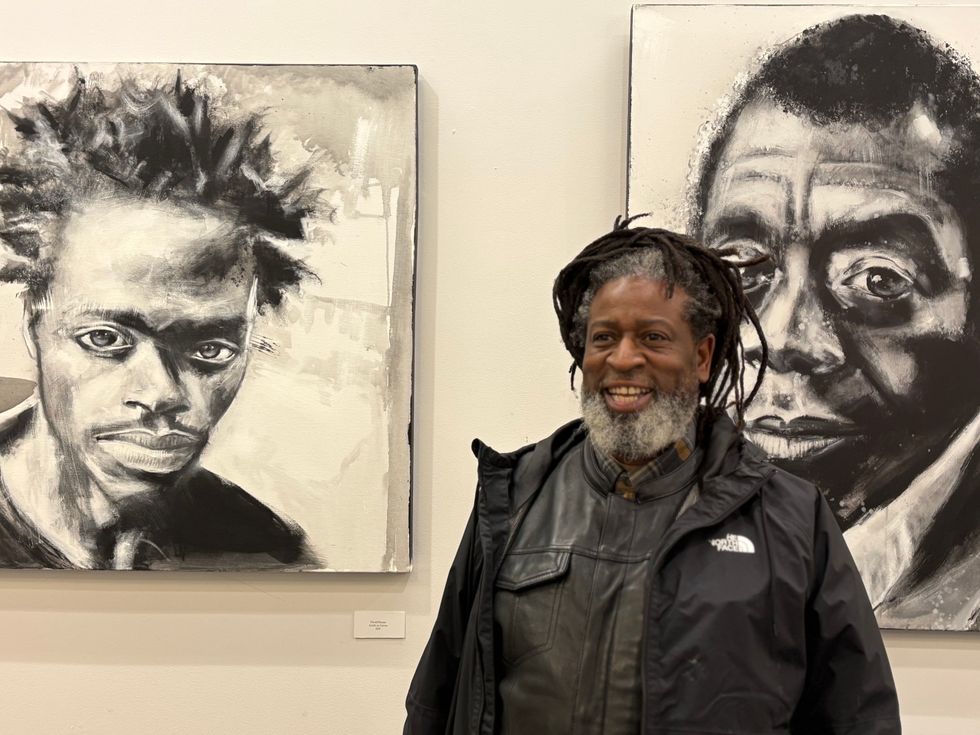
Storm’s artistic training began at New Haven’s Educational Center for the Arts. His talent earned him a full scholarship to the Arts Institute of Boston, then Boston’s Museum School, where he painted seven oversized portraits of influential Black figures — in seven days — for his final project. Those works became the backbone of his early exhibitions, including at Howard University’s National Council for the Arts.
Storm has created several community murals like the 2009 READ Mural featuring local heroes, and several literacy and wellness murals at the Stetson Branch Library in New Haven. Today, he teaches and works, he said, “wherever I set up shop. Sometimes I go outside. Sometimes I’m on top of roofs. Wherever it is, I get the job done.”
His deep ties to education made a high school gallery an especially meaningful stop. “No one really knew who these people were except maybe John Lennon,” Storm said of the portraits in the show. “It’s really important for them to know James Baldwin and Shirley Chisholm. And now they do.”
The exhibition includes a wide list of subjects: James Baldwin, Shirley Chisholm, Redd Foxx, Jasper Johns, Marilyn Manson, William F. Buckley, Harold Hunter, John Lennon, as well as two deeply personal works — a portrait of Tracy Sherrod (“She’s a friend of mine… She had an interesting hairdo”) and a tribute to his late friend Nes Rivera. “Most of the time I choose my subjects because there are things I want to see,” Storm said.
Storm’s paintings, which he describes as “full frontal figuratism,” rely on drips, tonal shifts, and what feels like emerging depth. His process moves quickly. “It depends on how fast it needs to get done,” he said. “Sometimes I like to take the long way up the mountain. Instead of doing an outline, I just start coloring, blocking things off with light and dark until it starts to take shape.”
He’s currently in a black-and-white phase. “Right now, I’m inspired by black and white, the way I can really get contrast and depth.”
Work happens on multiple canvases at once. “Sometimes I’ll have five paintings going on at one time because I go through different moods, and then there’s the way the light hits,” he said. “It’s kind of like cooking. You’ve got a couple things going at once, a couple things cooking, and you just try to reach that deadline.”
For Wilbur, who has studied studio arts “ever since I was really young” and recently applied early decision to Vassar, the experience has been transformative. For Storm — an artist who built an early career painting seven portraits in seven days and has turned New York’s subway corridors into a makeshift museum — it has been another chance to merge artmaking with education, and to pass a torch to a new generation of curators.
Keep ReadingShow less
loading



